National or local worker safety regulations , as e.g. in Italy the “Testo Unico sulla Salute e Sicurezza sul Lavoro” also abbreviated as T.U.S. (Legislative Decree No. 81/2008, coordinated with Legislative Decree No. 106/2009) require that, like all other physical agents that may pose a risk in the work environment, a risk assessment of exposure to electromagnetic fields be carried out.
The T.U.S. devotes the entire Chapter IV (Title VIII) to “Protection of workers from the risks of exposure to electromagnetic fields,” and is one of the landmarks on this issue.
In recent years, the law has been updated, with European Directive 2013/35/EU then implemented in Italy by Legislative Decree No. 159 of August 1, 2016.
The assessment of risks from electromagnetic fields provides an understanding of the extent of risks to the health and safety of workers from the harmful effects of such fields.
There are also particular categories of workers, referred to as particularly at-risk categories, that require special assessment. They are mainly:
- workers with active implantable medical devices (e.g., pacemakers, hearing aids, etc.)
- workers with passive implantable medical devices (e.g., joint prostheses, metal prostheses, surgical screws, etc.)
- pregnant workers
The effects of EMF exposure can be direct or indirect, and regulations aim to protect the person from both. The former are those that are immediately noticeable, and can cause, for example, nausea, heating of the body (or parts of it), effects on nerves, muscles or sensory organs.
Indirect effects, on the other hand, arise at lower levels of exposure and concern, for example:
– Interference with passive implanted electronic devices (prostheses, metal plates, etc.);
– interference with active implanted electronic devices (such as pacemakers or implanted defibrillators);
– interference with other electronic medical equipment and devices;
– inadvertent initiation of detonators, fires or explosions;
– effects on metal shrapnel, tattoos, body piercing and body art;
– electric shocks or burns due to contact currents.
Electromagnetic risk assessment must follow the guidelines of the aforementioned Framework Directive 2013/35/EU, which codifies through articles the steps necessary to assess workplace compliance with the relevant legislation.
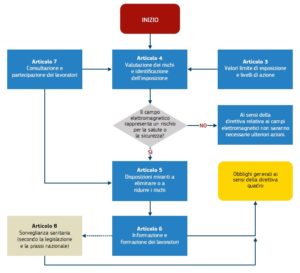
EMF risk assessment is mandatory and should be updated every 4 years or whenever an adverse event is reported from mandatory health surveillance and/or when there are changes regarding facilities or work equipment that use EMF.
Above all, however, it must be carried out by professionals who are competent in the field and have the appropriate instrumentation.
Based on the data collected, it will have to be determined whether and what prevention and protection measures should be put in place.
The Risk Assessment Document, for electromagnetic fields, must therefore always be present whatever the type of activity, if there is equipment that makes use of electricity and therefore electromagnetic fields.
This means that a professional assessment must always be made; it will be the experienced professional who will determine whether, according to legislative regulations and technical standards, instrumental electromagnetic field measurements must also be made.
Examples of placement of risk level:
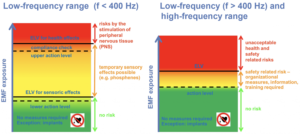
Examples of electromagnetic source assessments:


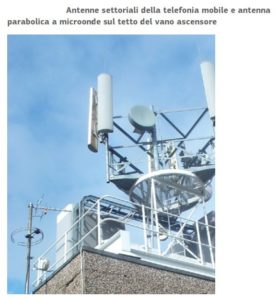
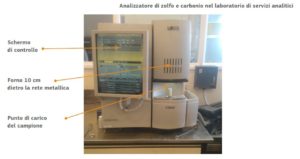
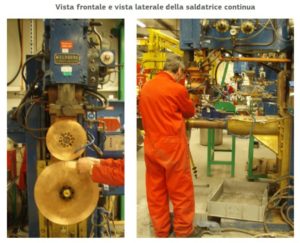
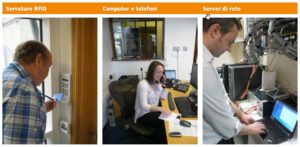
Our Technical Office provides all consulting and measurement services in the field of risk assessment of exposure to artificial electromagnetic fields for workplaces. It is possible to contact us for any inquiries and to request our professional services at our contact details.

